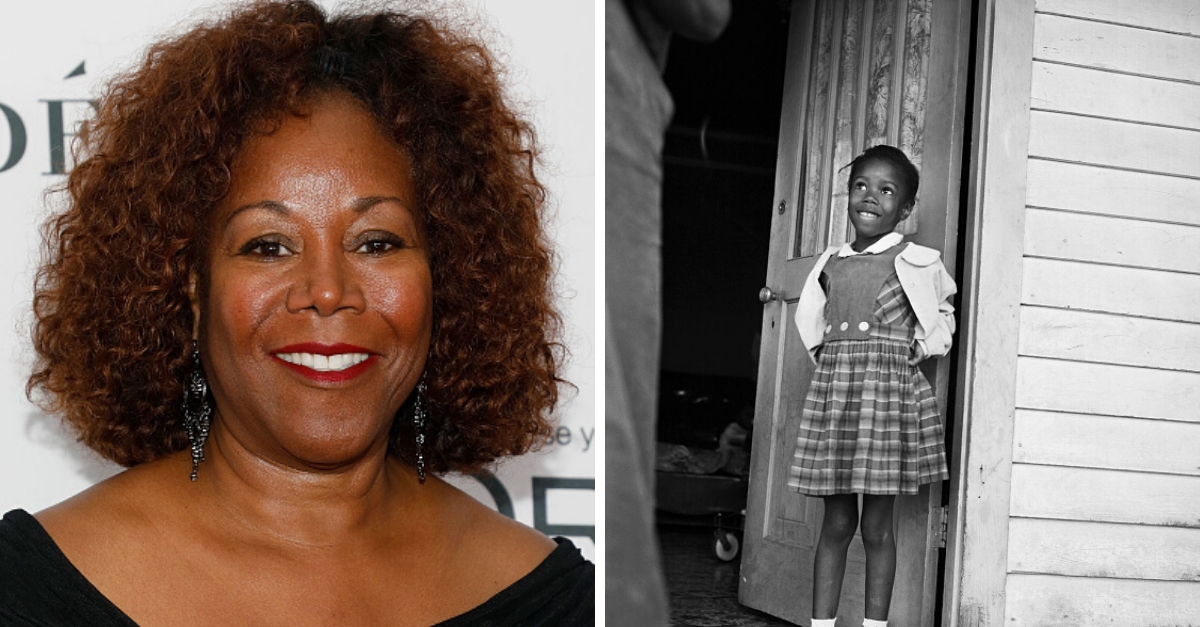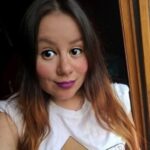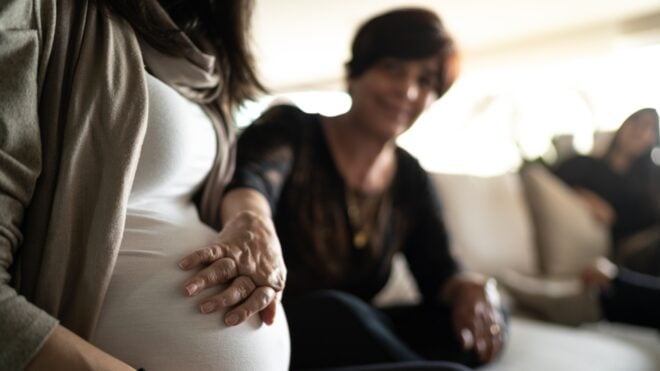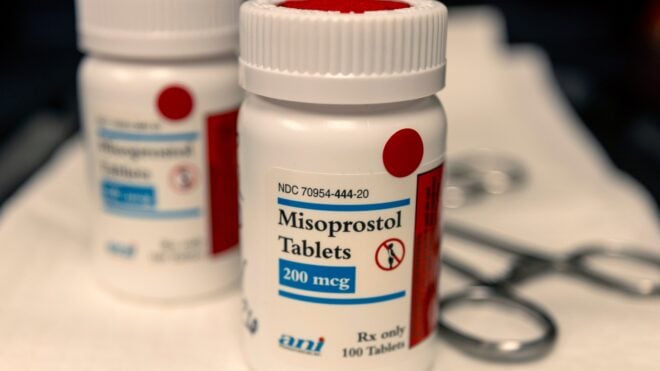
Ruby Bridges is a significant figure in civil rights history. At the time her story unfolded, she was just a 6-year-old girl.
Ruby was the first Black child to be integrated into William Frantz Elementary School in New Orleans in 1960. At the time, the little girl had no idea how significant her getting her education was. All she knew was that she was, for a time, the only student in Barbara Henry's classroom.
Ruby had a unique opportunity to share her story this weekend in collaboration with Selena Gomez. The singer has been sharing her Instagram with various figures in the Black community to amplify their voices. This weekend, she handed her platform of 180 million followers over to Ruby.
More from LittleThings: 16-Year-Old Mogul Kheris Rogers Empowers Youth To Speak Out Against Bullying
Ruby shared never-before-seen footage of her first day of school. The news coverage featured interviews with White parents who used strong language in reference to the child. It's a jarring reminder that a more in-your-face manifestation of the ugliness of racism is not far in our country's past. The footage is part of a documentary called The Children Were Watching.
Selena Gomez is one of several celebrities who has handed over her massive platform on Instagram to Black voices and causes. She is trying to do her part in amplifying Black experiences. On Sunday, she allowed civil rights icon Ruby Bridges to post on her account.
Ruby was just 6 years old in November 1960 when she was the first Black child to integrate a previously segregated elementary school in New Orleans. The event was met with protests from angry White parents and children. Ruby had to be protected from angry crowds by authorities.
"Hello I'm Ruby Bridges. In 1960 I was the first Black child to integrate an all-White elementary school, William Frantz Elementary, in New Orleans, Louisiana," she captioned her introduction video.
"Over the years I have dedicated my life to promoting tolerance and unity. During this Civil Unrest, it's crucial we stand united to protect Black & Brown lives! We thank our sister Selena for allowing me to tell my story and bring more awareness to the importance of this moment, on this amazing platform!"
In a second post, Ruby shared never-before-seen coverage of her first day of school. It contains extremely strong language.
"This footage hasn't been seen before now. It will show the courage that our Black & Brown Families had during the Civil Rights Movement of 1960!" she captioned the video.
"I also wanted to highlight a story that's connected to my story. I felt like it was important to show our Brown brothers and sisters that they were also involved in the Civil Rights Movement, especially that day when I entered the school."
"You will see footage that highlights the courageous Gabriel family and moments around Daisy Gabriel, a mother who was trying to bring her daughter to school the day that I integrated the school. It is such a heart wrenching video to see the sacrifices she had to make trying to bring her daughter to school that day as well. It was important to me to show her story to the world," she noted.
"It's your legacy too!" Ruby was sure to note.
"United We Must Continue Stand! To see the documentary, 'The Children Were Watching', in its entirety, please click the link in my bio @RubyBridgesOfficial. Special Thxs to Drew Associates for providing the Amazing Footage, @brnctt @leovolcy for their editing expertise and our Sister in the Struggle … SELENA ."
Ruby appeared on Today in 2009. In a conversation with Hoda Kotb, Ruby recalled what it was like to go to school on that first day.
"There's a knock at the door, and there's four very tall white men standing at the door, and they're here," she recalled.
"(They said), 'We've been sent by the president of the United States to escort you and your daughter to school today.'"
Ruby didn't totally understand what was going on. She didn't know what "integrate" meant. She doesn't remember much of what the crowds were shouting at her that day, though one visual stayed with her.
"The coffin, it was a real baby's coffin, and they put this black doll inside," Ruby recalled. "I used to have nightmares about the coffin."
Ruby explained that many of the parents who were against integration pulled their kids out of the school. Throughout the school year, they began trickling back in. Ruby remembers being excited to play with them.
"This little boy looked at me and he said, 'I can't play with you, you know. My mom said not to play with you because you're a [expletive],'" Ruby recalled.
"And that's when everything made sense at that point."
"I realized why there were no kids in the school," she told Hoda. "It was all about me and the color of my skin."
As for that White child, they would go on to play together. "The thing about that is he remembered what his mom said initially, but like most kids, after a while he forgot it and we all played together."
Ruby's fondest memory from that year was of her teacher, Barbara Henry.
"The lesson that I learned from Mrs. Henry in being in that classroom is the lesson that … you can't judge a person by the color of their skin," Ruby said.
"She looked exactly like the people outside, but she wasn't like them at all … She showed me her heart. She absolutely made school fun, and I think it shaped me into who I am today."
Ruby was Barbara's sole student until those children slowly started to return.
"She was a petite pioneer," Barbara told Wicked Local in 2010. "How could you not fall in love with a child like her at a moment like this?"




